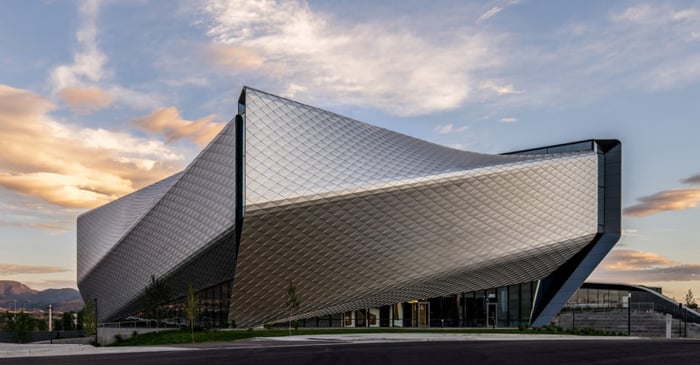
October 6, 2020
Case Study: US Olympic & Paralympic Museum
Learn how KL&A utilized RISA to model and analyze the complex geometrical conditions of the new US Olympic & Paralympic Museum located in Colorado Springs, CO.
Year-End Is One of the Few Times Engineers Can Actually Rethink Tools Most engineers don’t change core analysis software in the middle of a deadline-driven project. End of year is different. Budgets are closing out, project schedules tend to soften slightly, and teams finally have a moment to evaluate what worked — and what slowed them down. That combination creates a rare window to reassess tools without the pressure of an active permit submission. For many firms, it’s also when leadership asks bigger operational questions: Are we spending too much time reworking models? Are our engineers relying too heavily on spreadsheets? Are we confident scaling into slightly larger or more complex jobs next year? Budget Resets and Training Calendars Create Natural Momentum Year-end decisions often align with practical realities. Software budgets reset in January, making it easier to justify a purchase that didn’t fit earlier in the year. Training calendars are also easier to plan before the new project backlog fills up. Engineers can start the year productive instead of learning a new workflow mid-project. This timing matters. Firms that switch tools before the new year often avoid the “we’ll deal with it later” trap — and later rarely comes…
Read More

Learn how KL&A utilized RISA to model and analyze the complex geometrical conditions of the new US Olympic & Paralympic Museum located in Colorado Springs, CO.
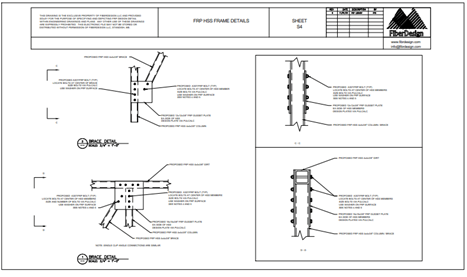
Overview FRP or Fiber Reinforced Polymer (thermoset) composite materials are becoming more and more popular in the construction world of today. There are many reasons for using composite materials, which go beyond the scope of this article but suffice to say that composite/FRP materials are now...
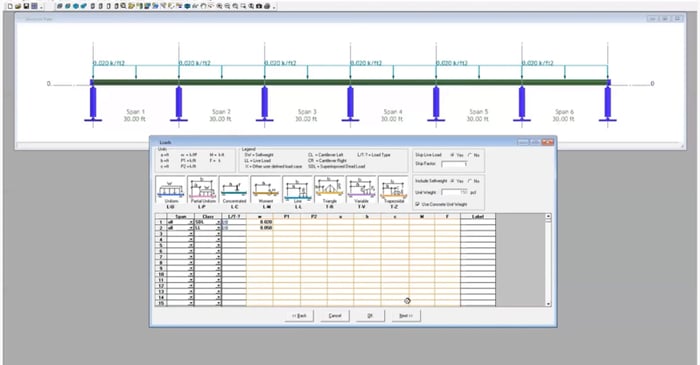
Learn how ADAPT-PT/RC uses a straightforward model input and definition process to efficiently analyze and design a variety of reinforced concrete and post-tensioned concrete beams and slabs.
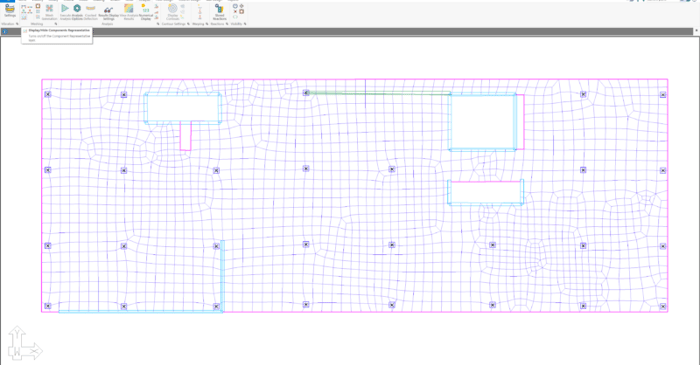
ADAPT-Builder is a three-dimensional free-form finite element software for structural concrete modeling and analysis. Structural components in ADAPT-Modeler do not have to be input along grid lines or at connective, adjoining node locations as is the case in most other structural engineering...
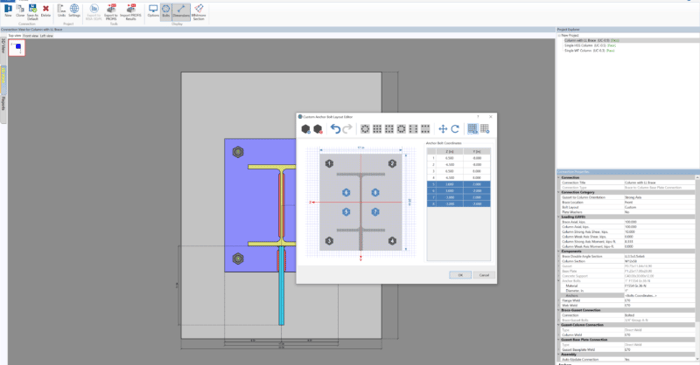
RISAConnection v12 now includes the ability for engineers to create and analyze custom anchor bolt layouts from scratch or using predefined templates. To learn more, check out the video below.
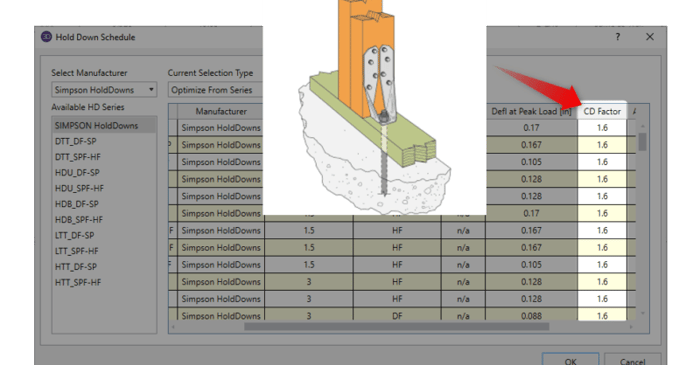
If you have utilized Hold-Down's in RISA-3D, you have mostly likely noticed that a value of CD is reported for each selection in the database. However, it may not be clear how it is being used?
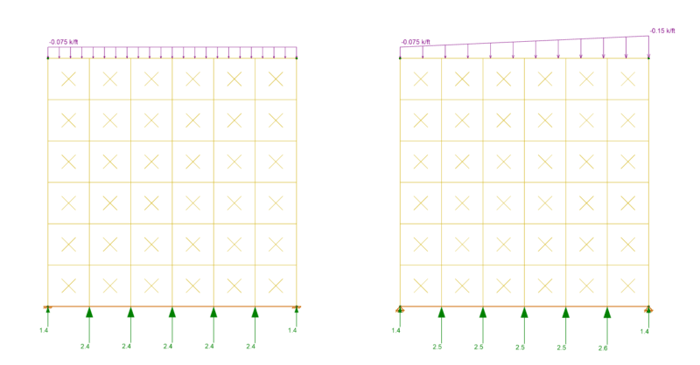
In the Node Reaction spreadsheet, all reactions from node-based boundary conditions are reported. If you look closely at some models, there may be wall panel labels in the Node Reactions spreadsheet as well. This may cause users to ask the question:”what are these reaction values for a...
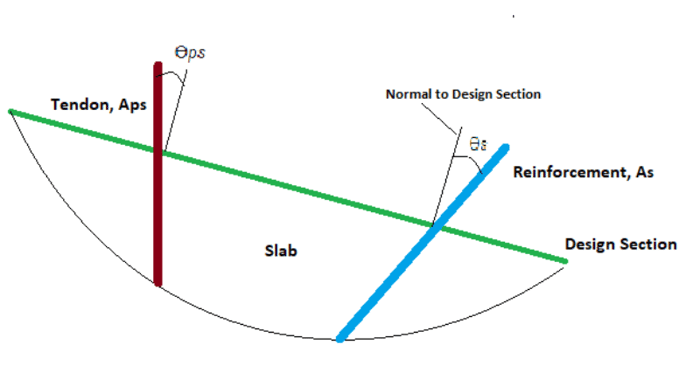
Introduction In the design of two-way post-tensioned slabs, whether it be by use of unbonded or bonded tendons, precompression or “average minimum precompression,” is a critical serviceability requirement in ACI318. It is used to serve as a means for selecting a prestressing force and/or quantity...
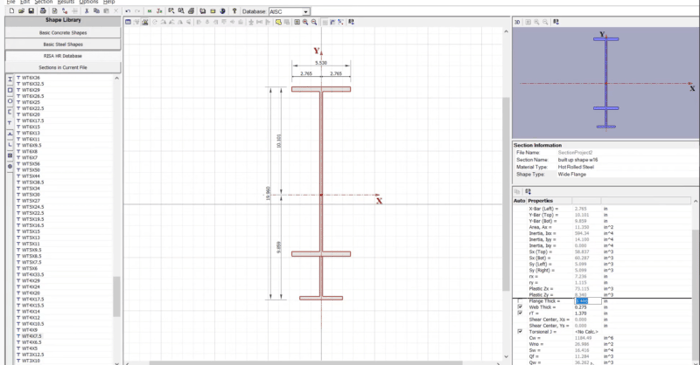
Learn how to build custom steel and concrete shapes using RISASection and then import them into RISA-3D to incorporate them in analysis and design.
Our monthly "Structural Moment" newsletter is the best way to keep up with RISA’s product updates, new releases, new features, training events, webinars and more...